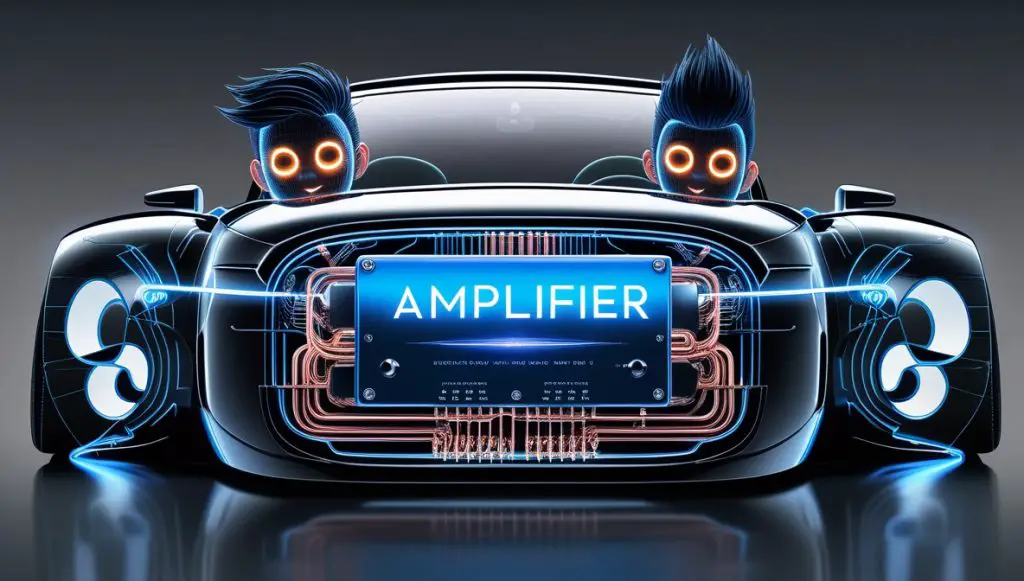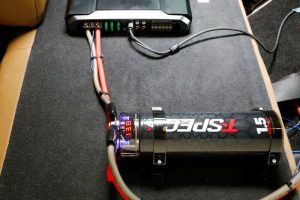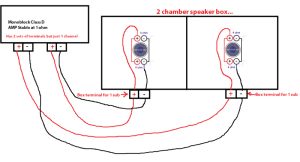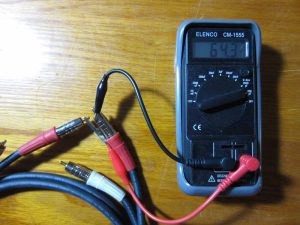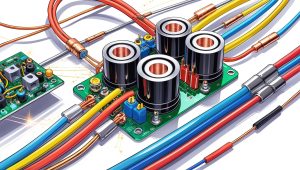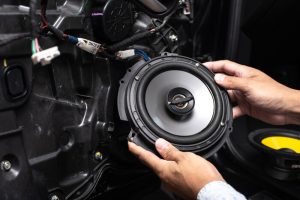Car audio systems rely heavily on amplifiers to deliver the power needed to drive speakers and produce loud, clear sound. Understanding how these amplifiers work can significantly improve your appreciation of your car’s audio setup and help you make informed choices when upgrading your system. This beginner’s guide will break down the inner workings of car amplifiers, explaining the key components and processes involved in transforming faint audio signals into powerful sounds.
Contents
- Understanding Car Amplifier Basics
- Input Signals: The Source of Sound
- Pre-Amplification: Boosting the Weak Signal
- Power Stages: Amplifying the Audio
- Class A, B, AB, and D Amplifiers
- Output Stage: Driving the Speakers
- Impedance Matching: Optimal Power Transfer
- Crossover Networks: Frequency Division
- Distortion and its Effects on Sound
- Choosing the Right Car Amplifier
Understanding Car Amplifier Basics
Car amplifiers are essentially electronic devices that boost weak audio signals from your car stereo or other audio sources. They take these low-level signals and amplify them significantly, providing the power required to drive your car speakers. Think of them as power boosters for your audio system. Without an amplifier, your speakers wouldn’t be able to produce the volume and clarity you expect.
These amplifiers achieve this amplification through various stages, each with specific functions. These stages include signal processing, amplification, and impedance matching to ensure efficient power transfer to your speakers. Understanding these stages will clarify how your car’s audio system delivers the sound you hear.
Input Signals: The Source of Sound
The journey of sound in a car audio system begins with the input signal. This signal originates from your car’s head unit (the radio, CD player, or smartphone connection). This initial signal is incredibly weak, far too feeble to directly power car speakers. It’s primarily a voltage signal carrying the audio information, representing the variations in sound waves.
Consequently, this weak signal needs significant amplification before it can drive your speakers. The quality of this initial signal directly impacts the final sound quality, highlighting the importance of a good source unit. Noise or distortion introduced at this stage will be amplified along with the music, resulting in a less-than-ideal listening experience.
Pre-Amplification: Boosting the Weak Signal
Before the main amplification process, the input signal undergoes pre-amplification. This stage boosts the signal’s voltage to a level suitable for the power amplification stages. Pre-amplification is crucial because it prepares the signal for the substantial power boost that follows. It also allows for adjustments to the signal, such as adjusting the volume or applying equalization (EQ) to shape the sound.
Furthermore, the pre-amplification stage often includes features like tone controls (bass, treble, midrange) and other signal processing functions. These features allow you to customize the sound to your preferences. A well-designed pre-amplification stage ensures a clean and balanced signal is sent to the power amplification stages.
Power Stages: Amplifying the Audio
The heart of a car amplifier lies in its power stages. This is where the actual amplification of the audio signal happens, converting the relatively weak pre-amplified signal into a powerful signal capable of driving your speakers. This involves increasing both the voltage and current of the audio signal. The power stage is responsible for the amplifier’s power output, measured in watts (W).
Moreover, the efficiency and design of the power stage directly influence the amplifier’s power output, distortion levels, and overall sound quality. Different amplifier designs, which we will discuss below, have different power stage architectures, each with its own strengths and weaknesses.
Class A, B, AB, and D Amplifiers
Car amplifiers are categorized into different classes based on their power stage design: Class A, Class B, Class AB, and Class D. Class A amplifiers are known for their high fidelity and low distortion but are inefficient and generate significant heat. Class B amplifiers are more efficient but can suffer from crossover distortion.
In contrast, Class AB amplifiers combine the best features of Class A and Class B, offering a good balance between sound quality and efficiency. Class D amplifiers, on the other hand, utilize pulse-width modulation (PWM) to achieve high efficiency and compact size, making them popular in modern car audio systems. The choice of amplifier class depends on priorities – sound quality versus efficiency and size.
Output Stage: Driving the Speakers
After the power amplification stage, the amplified signal reaches the output stage. This stage is responsible for delivering the amplified audio signal to the speakers. The output stage includes components that protect the amplifier and speakers from damage, such as fuses and current limiting circuits. It also incorporates impedance matching networks to ensure optimal power transfer.
Specifically, the output stage must be able to handle the current demands of the speakers. A poorly designed output stage can lead to clipping (distortion caused by exceeding the amplifier’s capabilities) or even damage to the amplifier or speakers. A robust output stage is essential for reliable and high-quality sound reproduction.
Impedance Matching: Optimal Power Transfer
Impedance matching is crucial for efficient power transfer from the amplifier to the speakers. Impedance refers to the resistance to the flow of electrical current. Mismatch between the amplifier’s output impedance and the speaker’s impedance can lead to power loss and reduced sound quality. The amplifier’s output stage typically includes circuitry to optimize this match.
Therefore, understanding the impedance of your speakers is essential when choosing an amplifier. Using an amplifier with an impedance mismatch can result in less power reaching the speakers, leading to lower volume and potentially damaging the amplifier. Proper impedance matching ensures maximum power transfer and optimal speaker performance.
Crossover Networks: Frequency Division
Many car amplifiers incorporate crossover networks. These networks divide the audio signal into different frequency ranges (bass, midrange, treble) and send each range to the appropriate speakers (woofers, midrange speakers, tweeters). This allows for more precise sound reproduction and prevents overloading individual speakers with frequencies they are not designed to handle.
Subsequently, this frequency division improves the overall sound quality by ensuring each speaker is only reproducing the frequencies it’s best suited for. Crossover networks can be passive (using components like capacitors and inductors) or active (using electronic circuitry within the amplifier). Active crossovers generally provide better control and flexibility.
Distortion and its Effects on Sound
Distortion is an undesirable alteration of the audio signal that results in an unnatural or unpleasant sound. Several factors can contribute to distortion, including clipping (exceeding the amplifier’s power limits), intermodulation distortion (mixing of different frequencies), and harmonic distortion (addition of unwanted harmonics). These distortions detract from the clarity and fidelity of the sound.
As a result, high-quality amplifiers are designed to minimize distortion across the entire frequency range. Listening to music with significant distortion can be fatiguing and unpleasant. Choosing an amplifier with low distortion specifications is crucial for achieving high-fidelity sound reproduction in your car.
Choosing the Right Car Amplifier
Selecting the right car amplifier depends on several factors, including your budget, the power requirements of your speakers, the features you need (like built-in crossovers or EQ), and the type of music you listen to. Consider the RMS (root mean square) power rating, which represents the continuous power the amplifier can deliver without distortion.
In short, carefully assess your needs and research different amplifier models before making a purchase. Reading reviews and comparing specifications can help you find an amplifier that provides the best balance of power, sound quality, and features for your car audio system. Don’t hesitate to consult with car audio professionals for personalized advice.
Understanding how car amplifiers work allows you to appreciate the complexities involved in transforming weak audio signals into powerful, enjoyable sound. By considering the different stages of amplification, the various amplifier classes, and the importance of impedance matching and crossover networks, you can make informed decisions when upgrading or building your car audio system. Remember to prioritize sound quality, efficiency, and reliability when choosing an amplifier to ensure a truly immersive listening experience.
